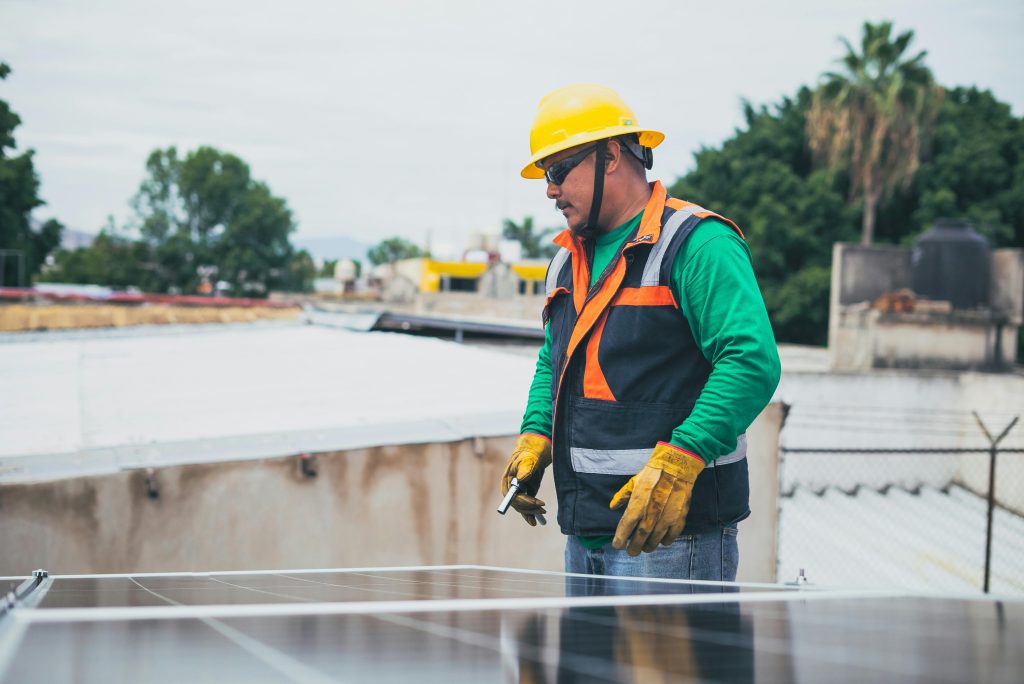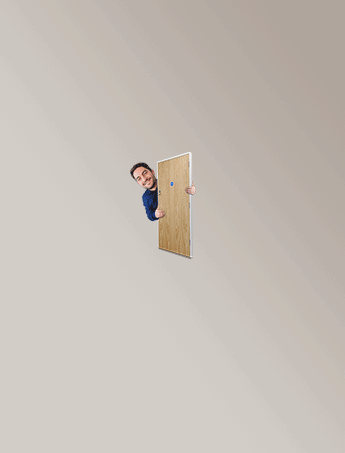Construction work is a high-risk occupation, making workplace safety a top priority. We’ve previously noted that construction accidents are of particular concern, with as many as one in every 10 workers injured yearly—up to 71% higher compared to workers in other industries. Yet with the likes of falls, struck-by accidents, and machinery mishaps being among the first things that come to mind, UV risks often fall to the wayside.
With construction work primarily taking place outdoors, UV radiation is one of the biggest—and, simultaneously, one of the most invisible—risks faced by the industry’s workers. The latest statistics from Health & Safety Matters show that it’s currently the leading cause of skin cancer, which is quickly becoming one of the UK’s most prevalent cancers. Outdoor workers, including construction workers, are 60% more likely to develop the disease.
Combined with the fact that it can also pose great risks to eye health—where it can accelerate sight loss by causing cataracts, age-related macular degeneration, and eye cancer—UV radiation can compromise worker safety and create economic burdens when left unchecked.
Therefore, employers and health and safety representatives may wish to begin imposing comprehensive, sun-safe solutions that prevent overexposure through the following best practices.
Assess UV risks
Minimising UV-related health risks starts with helping workers avoid radiation levels when they’re at their strongest. Assessing the risks those levels pose throughout the day—and structuring work schedules around them—can help workers perform at their best while avoiding the worst of the sun. One of the best ways to do so is through using accessible mobile apps like SunSmart Global UV. Developed by experts from Cancer Council Victoria and the Australian Radiation Protection and Nuclear Safety Agency, it provides information on UV levels for searchable locations worldwide, which is updated daily, sometimes every hour. Supervisors can easily use the app to set work breaks in shaded or indoor areas during times of peak UV radiation, which usually occurs from around 12 p.m. to 3 p.m. Conversely, it can provide dedicated advice for outdoor workers on what kind of sun protection to use during certain hours of the day.
Provide protective sunglasses
Regularly wearing sunglasses can help workers prevent both long-term eye health conditions like cataracts and short-term ones like photokeratitis. This ‘eye sunburn’ occurs when sunlight bounces off reflective materials, such as metal and concrete, and may thus cause temporary vision loss in construction workers. Thus, supplying them with sunglasses that meet industry safety requirements is vital. The pairs from activewear brand Oakley comply with the standards recommended by the Construction Industry Council (CIC): all its models, including the bestselling Holbrook and Frogskins, use Plutonite lenses that block 100% of the sun’s UV rays, allowing them to adhere to the British Standard EN 1836:2005 for UV protection. They also come with additional protective features useful for outdoor construction work. That includes PRIZM polarised lenses, which are designed to block glare and prevent photokeratitis while enhancing colour and contrast for improved safety and work performance. While this may not be affordable to roll out across a whole workforce it does give you an idea of the features protective sunglasses need to ensure safety from the sun.
Encourage sun cream use
Given the high skin cancer risks faced by construction workers, it’s equally vital to encourage them to apply sun cream throughout the day. Ideally, the sun cream they use should carry a sun protection factor (SPF) of at least 30 against UVB rays as well as a four- or five-star rating against UVA. Healthcare professionals generally recommend applying a shot glass’ worth of product to exposed parts of the body, as well as a coin-sized amount to the face—and reapplying every two hours or once sweaty. Perhaps more crucially, sun cream should be accessible. In particular, construction workers can be directed to the likes of ALDI. Its Lacura sun cream, which boasts an SPF of 30 and a five-star UVA rating, is considered among the most effective yet affordable on the market, even outperforming more expensive sun creams from high-profile brands like Calypso, Asda, and Bondi Sands in SPF tests. During the summer months, ALDI also offers Lacura sun cream for free to outdoor workers who email them with their name and job description.
Supply UV-blocking PPEs
Where possible, ensure that the PPEs given to construction workers protect against both physical harm and UV radiation. They can do so in terms of both the coverage they provide and the fabrics they use. According to the CIC, loose-fitting tops with long sleeves, breathable trousers, wide-brim hats, and safety helmets with side flaps can further support the protection provided by sunglasses and sun cream. Companies can also opt to follow in the footsteps of Dartford-based contractor Laing O’Rourke, which worked with uniform specialist Jermyn Street Design to supply workers across the country with sun-protective workwear. Comprised of pieces like high-visibility polo shirts and softshell jackets, all of the clothing provided came with the necessary Ultraviolet Protection Factor or UPF (the fabric equivalent of SPF) while also offering insulation and waterproof properties for overcast days.






